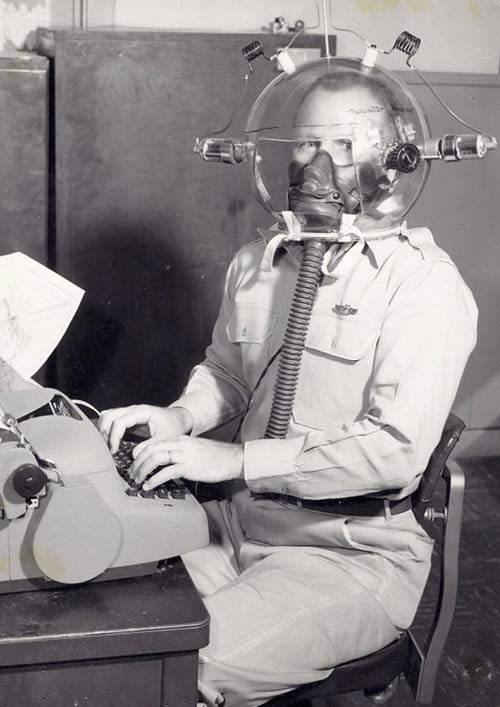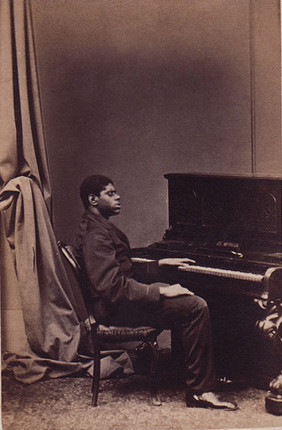There’s a lot more juice in that melon on our shoulders, but how to squeeze it out? Savants, whether congenital or by the consequence of head injury, have a portion of their brains that are super-developed to compensate for a part that’s underwhelming. How can we all unlock these gifts without a “lucky” concussion? From Allie Conti’s Vice interview with psychiatrist Darold Treffert, who specializes in savants:
Question:
How far are scientists from making all of us geniuses?
Darold Treffert:
I don’t know if you’re familiar with Allan Snyder’s work in Australia, but he uses what’s called RTMS, which is a rapid pulsation that you can apply to the scalp and actually immobilize an area of the brain with electrical currents. It’s used in neurology to discover the source of epilepsy, so it’s an accepted procedure. What he said was based largely on the work of Dr. [Bruce] Miller, who who studied 12 patients with dementia and discovered some of them developed some astounding abilities as their dementia proceeded. They tended to have lesions in the left temporal area. So Dr. Snyder said, “What if we took a group of volunteers and we immobilized parts of the left hemisphere temporarily? Would we see any special skills emerge?” He found subjects actually increased their abilities. So he’s developed something he calls the Thinking Cap, which you can put on and use. So there may be some technological approaches to enhancement.
Question:
What other ways can we bring out our inner geniuses, besides newfangled contraptions?
Darold Treffert:
In the long run, I don’t think we’re gonna have some striking technological solutions, although others disagree and feel there will be a capacity to turn on and turn off some of our abilities by using technology. Meditation is another method to access different circuity in the brain. And somebody wrote to me recently indicating that his idea was that the reason that a lot of [retirees] pick up new skills is not just because they have the time, but the aging process itself is producing “brain damage” which is leading them into new areas of ability. And I think that’s probably true.
Question:
If everyone became a genius through a medically induced process, would the world descend into chaos?
Darold Treffert:
I think the more that we access our hidden potential the better. We’re not gonna all be Picassos or Mozarts or Einsteins. So I don’t think that it would be a huge avalanche of new abilities in everyone. To the extent to which we are able to mobilize that would be very manageable and a good thing. I think we would still be a balanced society.•
______________________________
Morley Safer’s classic 1983 60 Minutes profile of “Rain Man” George Finn.



